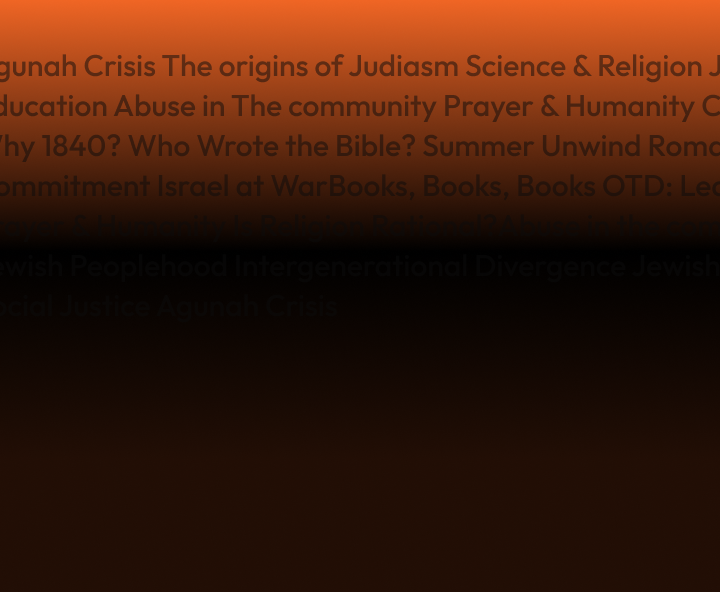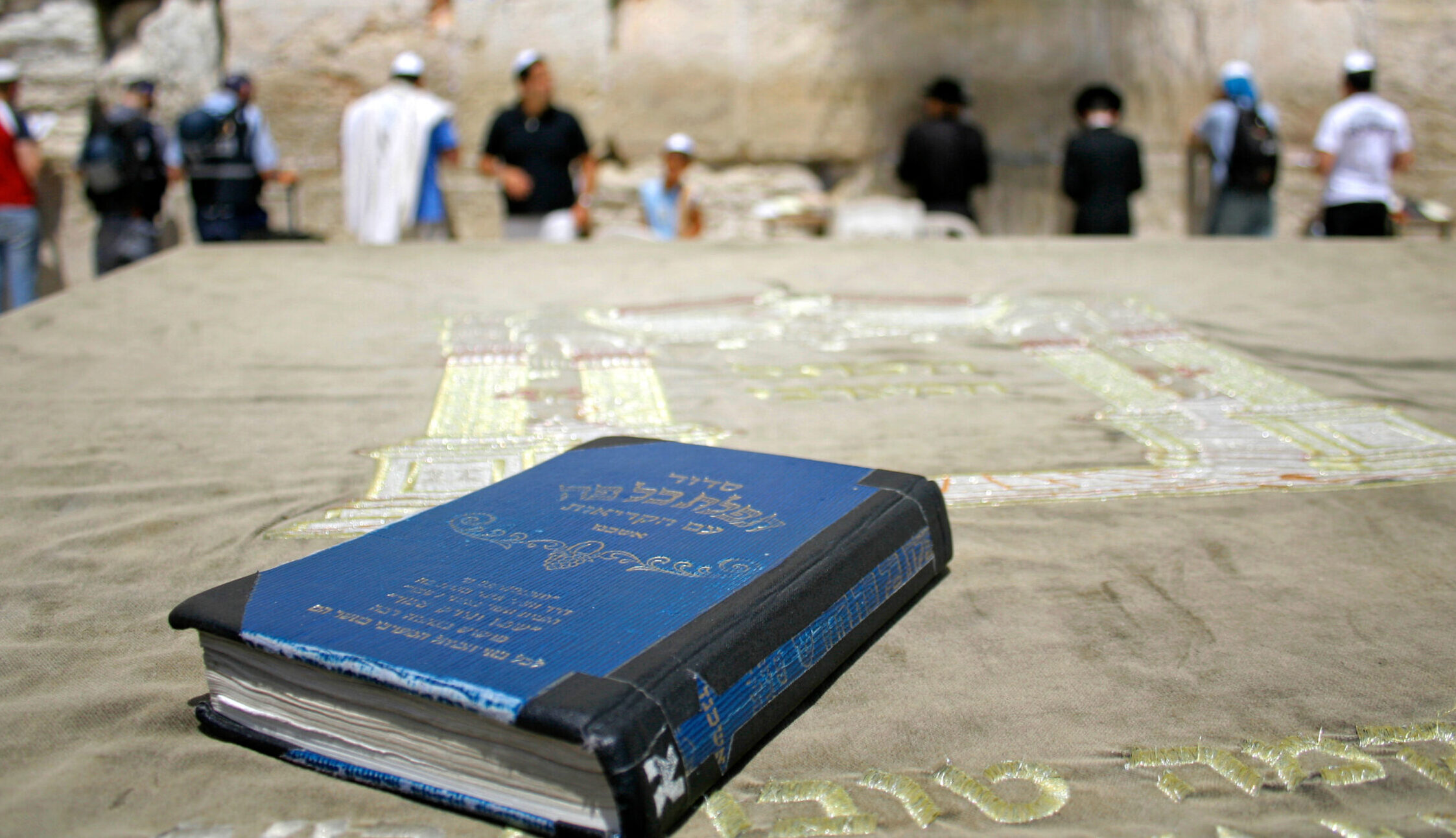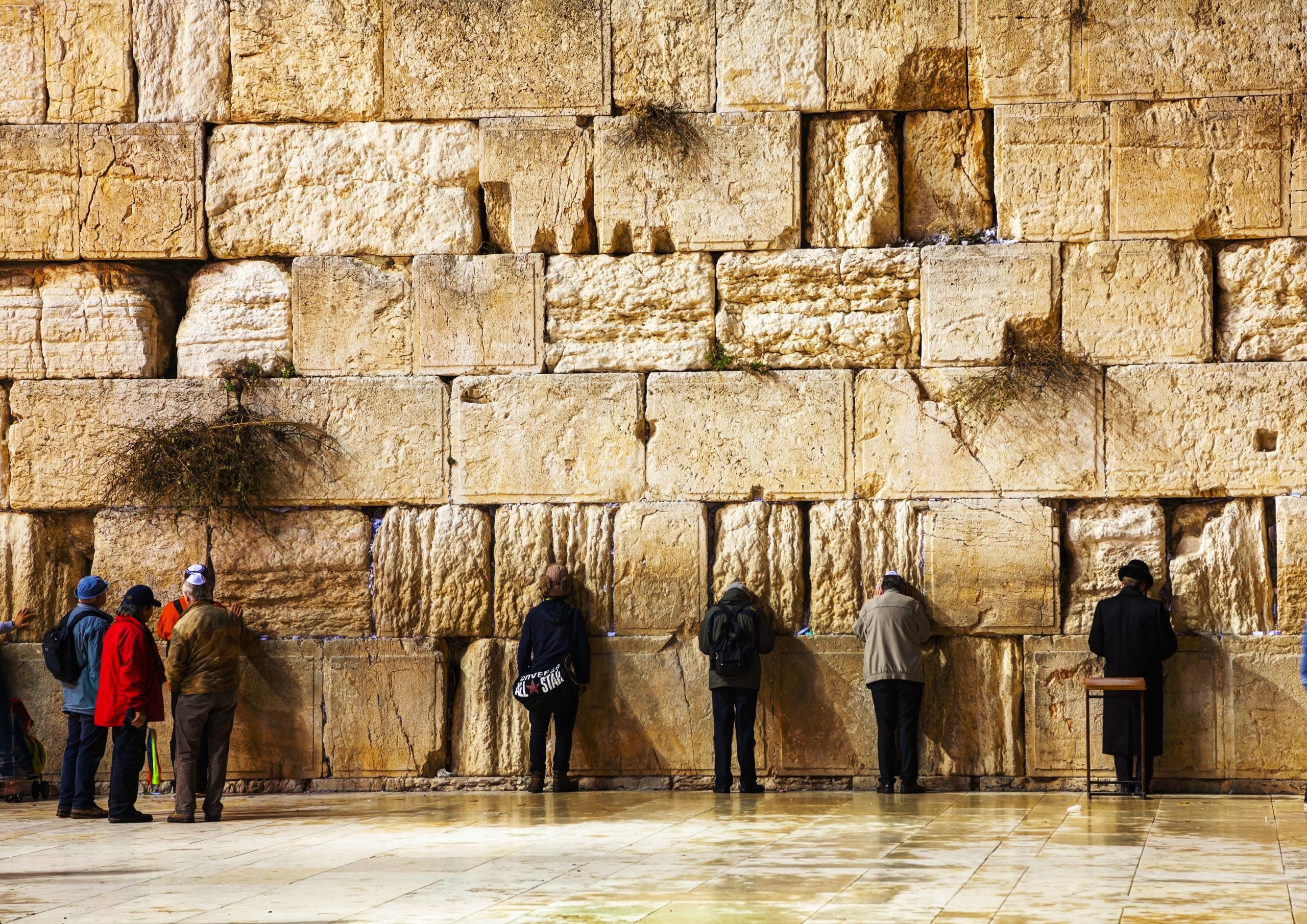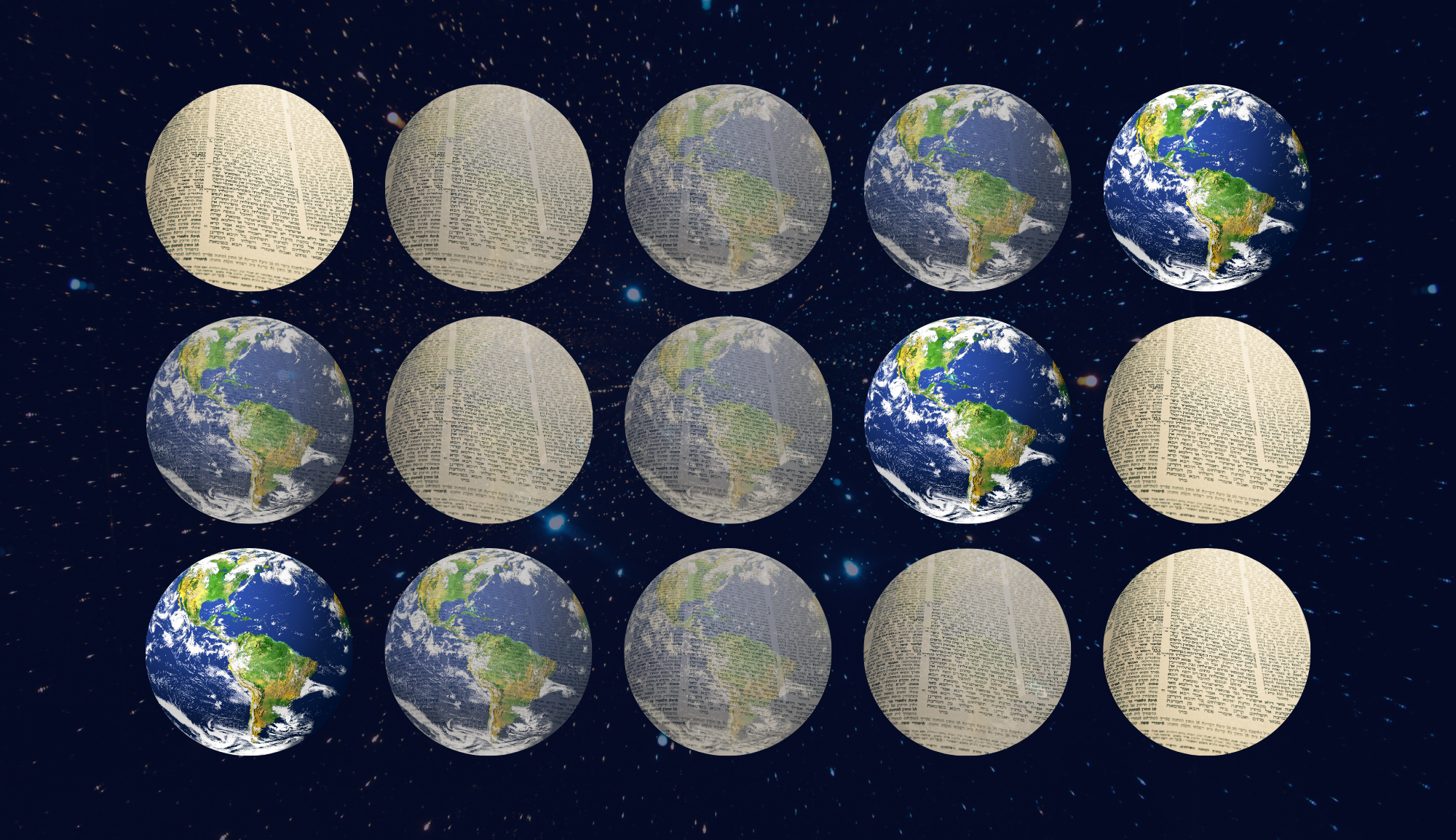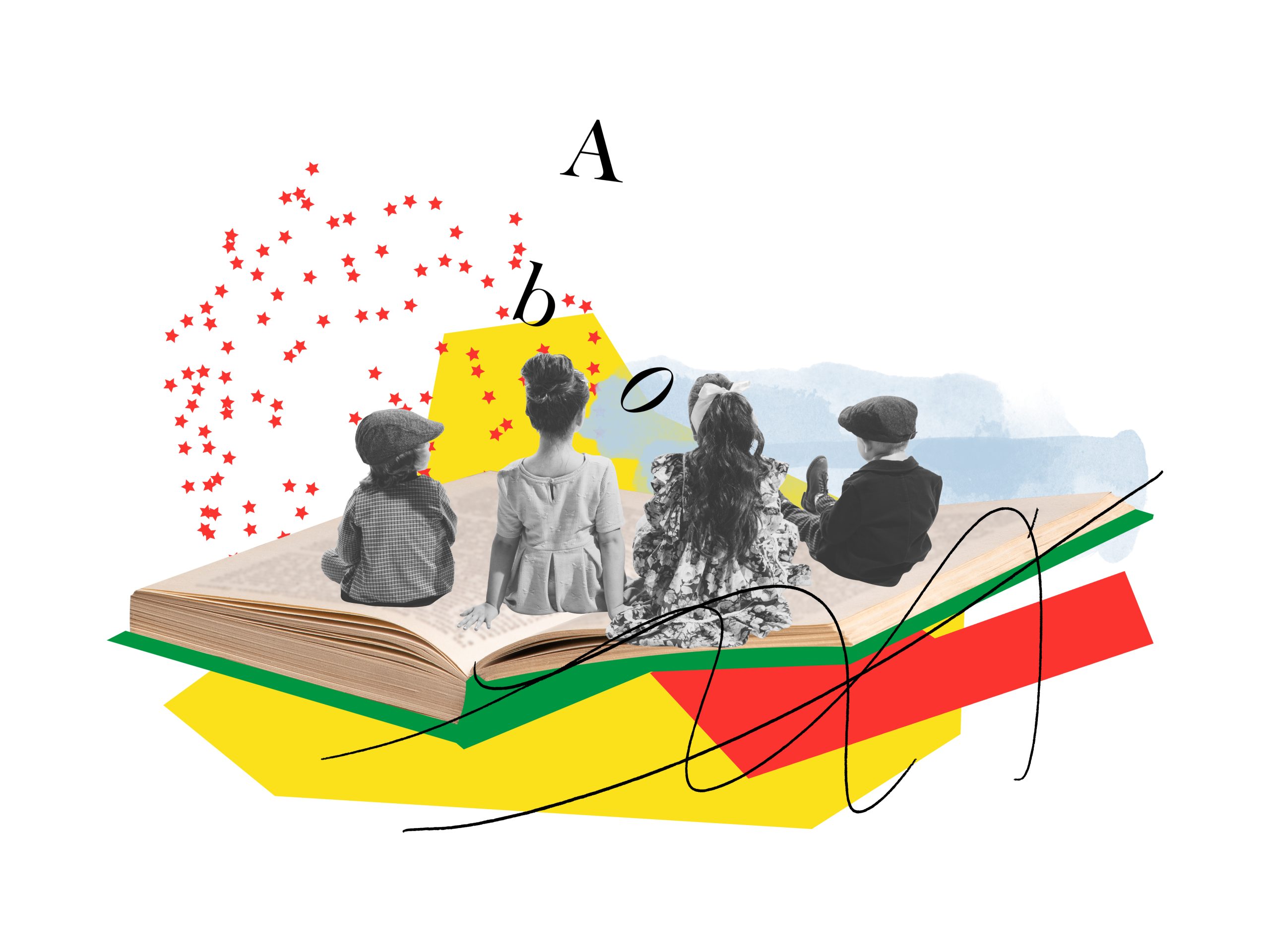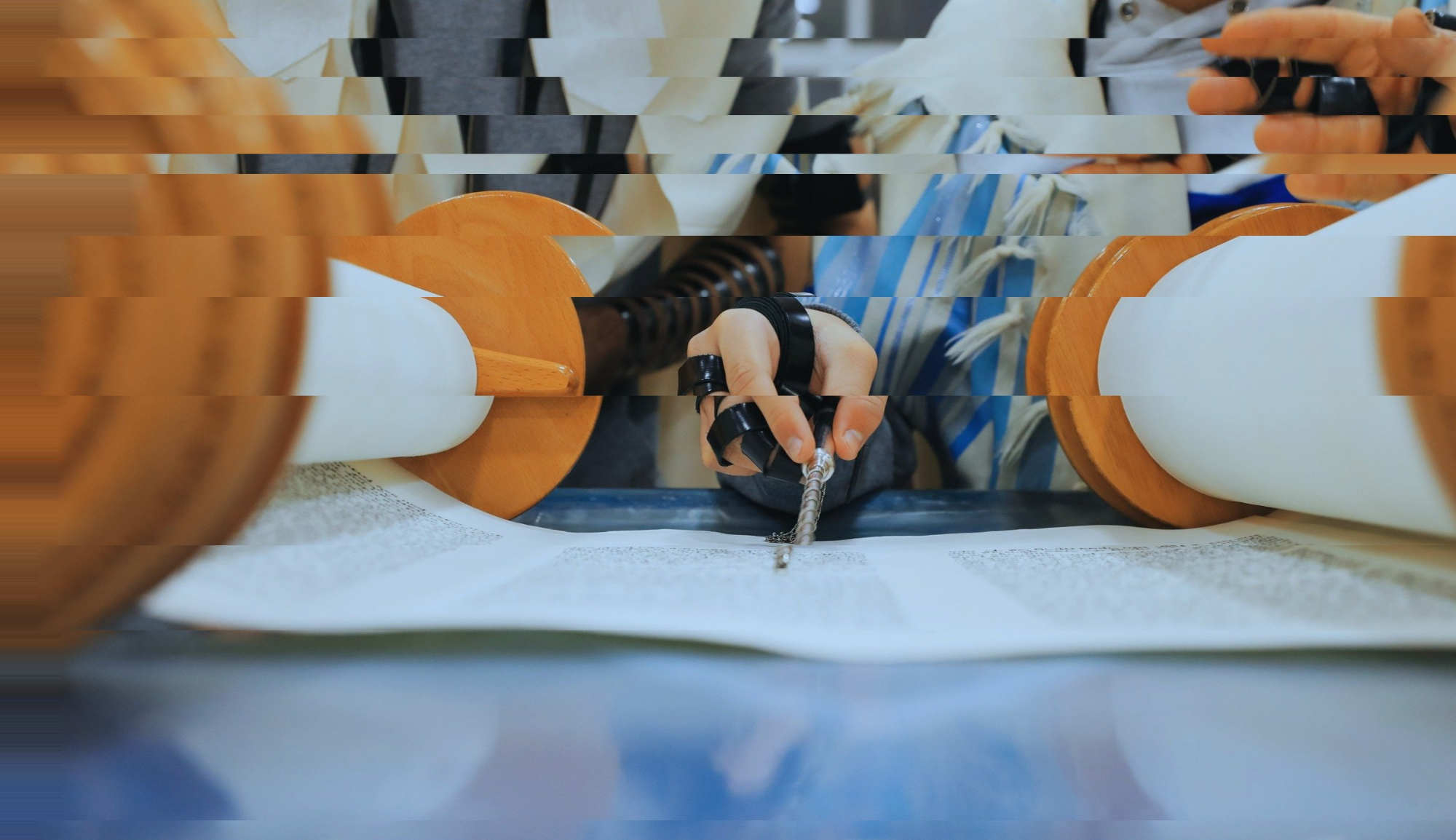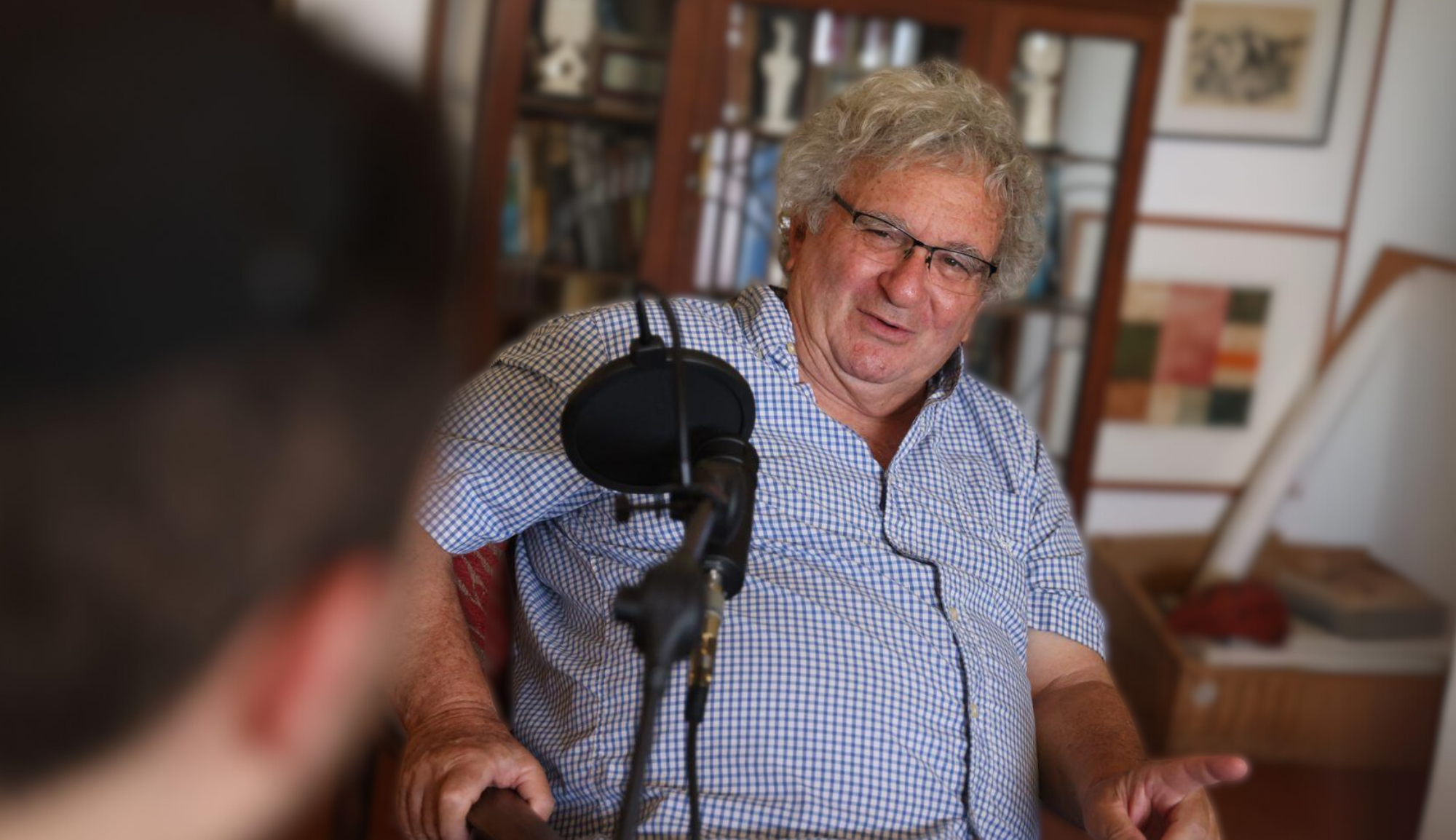This essay is the third in the author’s four-part series for 18Forty’s exploration of prayer and humanity. The second can be found here. The entire series can be found compiled here.
Up until now in this series, we’ve discussed the origins of tefilla and its development before the first siddur was written. In this third installment, we’ll cover the medieval and early modern period by addressing a number of interrelated topics: nusach ha-tefilla, early siddurim, mysticism and Kabbalah, and the impact of the printing press.
Nusach ha-Tefillah: How Jews Pray
Jews have never all prayed in precisely the same way. A variety of customary prayer texts, or nuschaot, exist in Jewish communities around the globe. I’ll briefly note a few.
The Italian nusach is ancient but still used today in the Great Synagogue of Rome and a handful of other places. A small example of a difference between the Italian nusach and more familiar ones is that its daily Kaddish has the double formulation le-eyla le-eyla mikol birchata—that God is far above any blessing—when in Nusach Ashkenaz for instance, the double le-eyla is only used during the High Holiday period.
The extinct Romaniote (Byzantine) nusach once used by Jews in Greece, the Balkans, and the Crimea, retained more Eretz Yisrael customs than other traditions and had a unique set of Haftarot. When the Jews of the Iberian Peninsula—known as Sephardim—were expelled, their nusach spread throughout the Middle East, North Africa, and other places ruled by the Ottoman Empire, becoming what is today called Nusach Edot Hamizrach or Nusach Sepharadi, and it has several regional variations. However, a handful of Spanish and Portuguese synagogues (such as Shearith Israel in New York City) retain a Sephardic nusach less influenced by Kabbalah and Middle Eastern traditions. Even Nusach Ashkenaz has distinct branches: German Jews tend to recite many more piyyutim than their Eastern European counterparts who daven Nusach Polin, which is the tradition followed by the Ashkenaz ArtScroll siddur. (See this fascinating chart from the Open Siddur Project detailing how different nuschaot developed.)
Seder Rav Amram Gaon: The First Blockbuster Siddur
All these distinctions can be hard to keep track of, yet there remains a remarkable degree of consensus about the words of tefilla. Despite their differences, these diverse nuschaot are probably at least 90% the same. This is in part due to the seder—or siddur—of Rav Amram Gaon that we introduced at the end of the previous article. When asked by the Jews of Spain to document the order of the prayers and their laws, Rav Amram Gaon (the ninth-century head of the yeshiva in Sura, Babylonia) produced a text which influenced nearly every siddur used today.
Rav Amram’s siddur is remarkably similar to ours. It begins with the blessing of Netilat Yadayim for handwashing, continues with Asher Yatzar recited after using the bathroom, contains Birchot ha-Shachar (the morning blessings), proceeds to Pesukei de-Zimra (verses of praise) bookended by Baruch she-Amar and Yishtabach, and so forth. It even records the custom of reciting the second chapter of the Mishna in Shabbat (“Bameh Madlikin”) during the Friday night prayers.
Of course, not everything in Seder Rav Amram Gaon reflects current practice. The words he suggests for Tachanun, the supplicatory prayer following Shemoneh Esrei, are different from the words used today, aside from the final paragraph that begins va-anachnu lo neida. Then again, one would expect to find variation in Tachanun, which the Gemara frames as a private devotion following Shemoneh Esrei (see Berachot 16b and 29b). (In fact, Tachanun is quite different in Ashkenazi and Sepharadi congregations, and at least in Nusach Ashkenaz, the words of Tachanun continued to change into the 19th century, when the paragraphs of shomer yisrael were added to the daily Tachanun from the Selichot liturgy.)
Seder Rav Amram Gaon did not erase or override the customs of existing communities but instead fused with them. For example, the Jews in Spain never adopted the siddur wholesale, but rather edited it to conform to their own customs. For this reason, it’s impossible to know which words Rav Amram actually wrote. We have no original manuscript of the siddur, only living versions filtered through the traditions of its users.
Other Significant Early Siddurim
Seder Rav Amram Gaon became the base text of Jewish prayer for subsequent generations. This was not the case for the siddur of Rav Saadia Gaon, the Egyptian sage who was the head of the Sura yeshiva 50 years after Rav Amram Gaon in the 900s. Rav Saadia Gaon is more well-known today than his predecessor, but his siddur isn’t, perhaps because its commentary was written in Judeo-Arabic, a language not shared by the entire Jewish diaspora. One interesting opinion of Rav Saadia’s, which has not been adopted, is that someone praying alone without a minyan does not recite the Kedushah verses in the blessings before Shema (kedushah de-yotzer) or in the Uva le-Tzion prayer after Shemoneh Esrei (kedushah de-sidra).
The Rambam (Maimonides), a towering presence of the 12th century, wrote a siddur too as part of his Mishneh Torah. It has many similarities to Rav Amram and Rav Saadia’s siddurim, but there are also differences. The Rambam suggests, for example, that one recites Az Yashir, the Song at the Sea, after Yishtabach, not as part of Pesukei de-Zimra. (This placement reflects an older debate between Bavel and the Land of Israel as to whether Az Yashir is appropriate to include in Pesukei de-Zimra, given that it’s not from Tehillim or King David.) The Rambam’s siddur did not gain the same traction as Rav Amram’s, but it was adopted by some Yemenite communities who follow the Rambam and pray what is today called Nusach Baladi.
Machzor Vitry—an 11th-century compendium of French customs, halachot, and prayers written by Rabbi Simcha ben Samuel of Vitry (a town near Rheims, east of Paris)—is particularly important to the development of Nusach Ashkenaz and reflects the traditions of Rashi’s school. It is one of the earliest siddurim to note that Aleinu—a declaration of God’s kingship originally composed for Rosh Hashanah—is recited every day at the end of davening, a practice that has spread well beyond Nusach Ashkenaz.
Interestingly, Yekum Purkan—the Aramaic tefilla recited on Shabbat before Musaf in Nusach Ashkenaz for the wellbeing of the rabbis and community leaders of Babylonia and the Land of Israel—first appears in Machzor Vitry. Many scholars have reasonably assumed that an Aramaic prayer speaking about the Babylonian community would have been written in Babylonia, but it’s puzzling that it doesn’t appear in Seder Rav Amram Gaon or any other Babylonian work. For this reason, others surmise that Yekum Purkan was written in medieval Ashkenaz in the style and language of Babylonia to show respect for the traditional yeshivot and their Torah learning, thus lending legitimacy to new communal organizations that perpetuated Torah ideals. Wherever the truth lies, sometimes the origins of particular tefillot can be shrouded in mystery.
The Impact of Mysticism and Kabbalah
The siddur continued to change after its base text was established. Some of the most significant factors to influence its development were mysticism and Kabbalah.
According to the Chasidei Ashkenaz, an ascetic movement of the German Rhineland in the 12th-13th centuries, prayer has mystical effects on higher worlds and Godly realms. Therefore, the number of letters in a prayer was crucially important. For example, R. Eleazar of Worms, in his Sefer Rokeach, finds all sorts of hidden meanings in the number of verses and letters in Psalm 145, or Ashrei, which we say three times a day. One enduring contribution of the Chasidei Ashkenaz to the siddur is the poem Anim Zemirot, called the Shir ha-Kavod or Song of Glory. Although it speaks about God in strikingly anthropomorphic terms, it is recited every Shabbat in many Ashkenazi congregations before the open Ark, which suggests that we hold the poem in particularly high regard.
When it comes to the esoteric, the Kabbalah of Rabbi Yitzchak Luria, known as the Ari, who lived in Safed in the 16th century, had the greatest lasting impact on the siddur. The Ari’s foundational idea is that primordial vessels holding divine light shattered in the process of God’s creation (shevirat ha-keilim). Humankind’s task is thus tikkun, or repair—gathering sparks (nitzotzot) of divine light from the shells (kelipot) into which they have fallen, thereby restoring creation to its ideal state. Prayer, the Ari says, is a tikkun, particularly if one intentionally focuses on restoring God’s oneness, or yichud. According to kabbalists, one performing a mitzvah such as counting the Omer or taking the Lulav should meditate on how the mitzvah can restore God’s unity. Kabbalists influenced by the Ari thus composed various le-shem yichud prayers for this purpose. Le-shem yichud’s are now found in nearly all siddurim, but their recitation became particularly widespread in Sephardic and later in Chassidic circles.
Some kabbalistic additions to the siddur are as esoteric as they sound. The atkinu seudata songs composed by the Ari for the Shabbat meals are nigh impossible to appreciate without doing a deep dive into the Ari’s kabbalah. Yet other prayers written by kabbalists contain few (if any) kabbalistic ideas. My favorite might be the ribon ha-olamim prayer recited when taking out the Torah on the High Holidays, first found in Siddur Shaarei Tzion of Rabbi Nathan Nata Hanover from 1661. In it we beseech God for our most basic physical and spiritual needs:
וּמְחוֹל לִי עַל כָּל־עֲוֹנוֹתַי וְעַל כָּל עֲוֹנוֹת אַנְשֵׁי בֵיתִי מְחִילָה בְחֶֽסֶד מְחִילָה בְרַחֲמִים … וְתֶן־לָֽנוּ לֶֽחֶם לֶאֱכוֹל וּבֶֽגֶד לִלְבּוֹשׁ וְעֽשֶׁר וְכָבוֹד וְאֹֽרֶךְ יָמִים לַהֲגוֹת בְּתוֹרָתֶֽךָ וּלְקַיֵּם מִצְוֹתֶֽיהָ וְשֵֽׂכֶל וּבִינָה לְהָבִין וּלְהַשְׂכִּיל עִמְקֵי סוֹדוֹתֶֽיהָ.
And forgive me for all of my sins and for all the sins of the people of my household—a forgiveness of kindness and a forgiveness of compassion … And give me bread to eat, clothes to wear, wealth and respect, long life to meditate in your Torah and fulfill your commandments, and wisdom and understanding to comprehend the depths of your mysteries.
Kabbalistically influenced or not, this prayer encapsulates in simple language much of what we pray for on the Days of Awe.
Similarly, Kabbalat Shabbat, which has become one of the most popular prayer services of all, originated in the Ari’s circle. First found in the 1599 siddur of Rabbi Moshe ben Machir, the service is based on the Ari’s practice to go out into the fields with his disciples to welcome Shabbat. When sung with soulful energy, the special Psalms and the song Lecha Dodi by Rabbi Shlomo Alkabetz help many connect to tefilla even when other portions might sometimes seem dry and boring.
Not only did the Ari’s ideas inspire a host of new tefillot, they also spawned new nuschaot. Nusach Sefard, used by many Chassidic groups today as well as Jews of Chassidic origins, combines the Polish Ashkenazi rite with various Sephardic customs from the Ari, such as reciting the paragraph Hodu before Baruch She-Amar instead of after it and saying ve-yatzmach purkanei ve-kareiv mishichei in Kaddish, a line which expresses the hope that the Messiah should come soon. (Nusach Ari, used by Chabad Chassidim, is yet another version of the Ari’s prayer book compiled by Rabbi Shneur Zalman of Liadi, the first Lubavitcher Rebbe.)
The Printing Press and the Mystery of Rosh Chodesh Bentching
In 1486, the Soncino family in Italy printed the first siddur. Printing revolutionized the prayer book. The prayers, which were initially the expertise of those who could memorize them and then the domain of those who had access to handwritten manuscripts, became available to all. A congregation of worshippers could participate more fully than ever before, not just passively listen to the chazzan and recite a few refrains.
Printing standardized the siddur, and at the same time contributed to the spread of new prayers. The new tefillot of the kabbalists could not have gained such widespread acceptance without the help of the printing press. The power of print also led to the rapid acceptance of other prayers of murkier origins. One of my favorite examples is the yehi ratzon paragraph that in Nusach Ashkenaz introduces the announcement of Rosh Chodesh (the new month) on the Shabbat before the new moon’s appearance (mevarchim ha-chodesh). This paragraph appears in the Gemara (Berachot 16b) as the devotion recited by the talmudic sage Rav when he concluded Shemoneh Esrei. It begins:
יְהִי רָצוֹן מִלְּפָנֶיךָ ה׳ אֱלֹהֵינוּ שֶׁתִּתֵּן לָנוּ חַיִּים אֲרוּכִּים, חַיִּים שֶׁל שָׁלוֹם, חַיִּים שֶׁל טוֹבָה
May it be Your will, Lord our God, that You grant us long life, a life of peace, a life of goodness…
Notably, the prayer is unrelated to Rosh Chodesh. But sometime around the year 1800, Rav’s prayer started to be printed in siddurim with modifications making it relevant to Rosh Chodesh! Thus, the version in the siddur begins:
יְהִי רָצון מִלְּפָנֶיךָ ה’ אֱלהֵינוּ וֵאלהֵי אֲבותֵינוּ. שֶׁתְּחַדֵּשׁ עָלֵינוּ אֶת הַחדֶשׁ הַזֶּה לְטובָה וְלִבְרָכָה. וְתִתֶּן לָנוּ חַיִּים אֲרוּכִּים. חַיִּים שֶׁל שָׁלום. חַיִּים שֶׁל טובָה
May it be Your will, Lord our God and God of our fathers, that You renew this month for us in goodness and blessing. And grant us long life, a life of peace, a life of goodness…
Rabbi Yechiel Michel Epstein (1829-1908) was perplexed by the addition of this tefilla, particularly because one is not supposed to make personal requests on Shabbat. He writes in the Aruch ha-Shulchan (Orach Chaim 417):
מי התיר לנו לקבוע תפילה חדשה בשבת? ואי איישר חילי אבטלנה. אך קשה לשנות המנהג
And who allowed us to establish a new tefillah on Shabbat? If I could, I would abolish it. But it is hard to change the custom.
In sum, it’s not at all clear why Rav’s tefilla was added here or who first made the addition. But now it’s part of the Ashkenazi siddur, just like anything else. This example shows the power of the printing press to spread new additions far and near. But more than that, it highlights the paradox of the siddur: It is resistant to change and people oppose calls to change it, but once changed—however the change came to be—it’s equally difficult to reverse it.
Our entire series has addressed the way the siddur has changed over time, but many of these changes have been slow and organic, arising on their own over time. The final article will be dedicated to the issue of intentional changes made to the siddur, the ideologies animating such proposals, and the fault-lines that emerged.
Yosef Lindell is a practicing lawyer and the Managing Editor of the Lehrhaus. He has a JD from NYU Law and an MA in Jewish history from Yeshiva University. Yosef’s writing spans several genres, from science fiction to scholarship, and he’s published more than 30 articles on Jewish history and thought. He lives in Silver Spring, MD, with his wife and two sons. His website is yoseflindell.wordpress.com.
